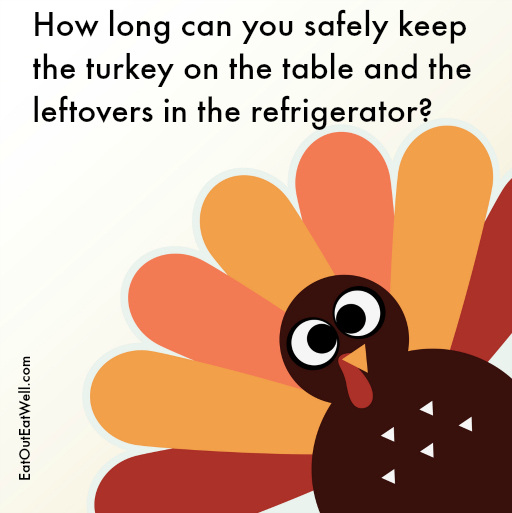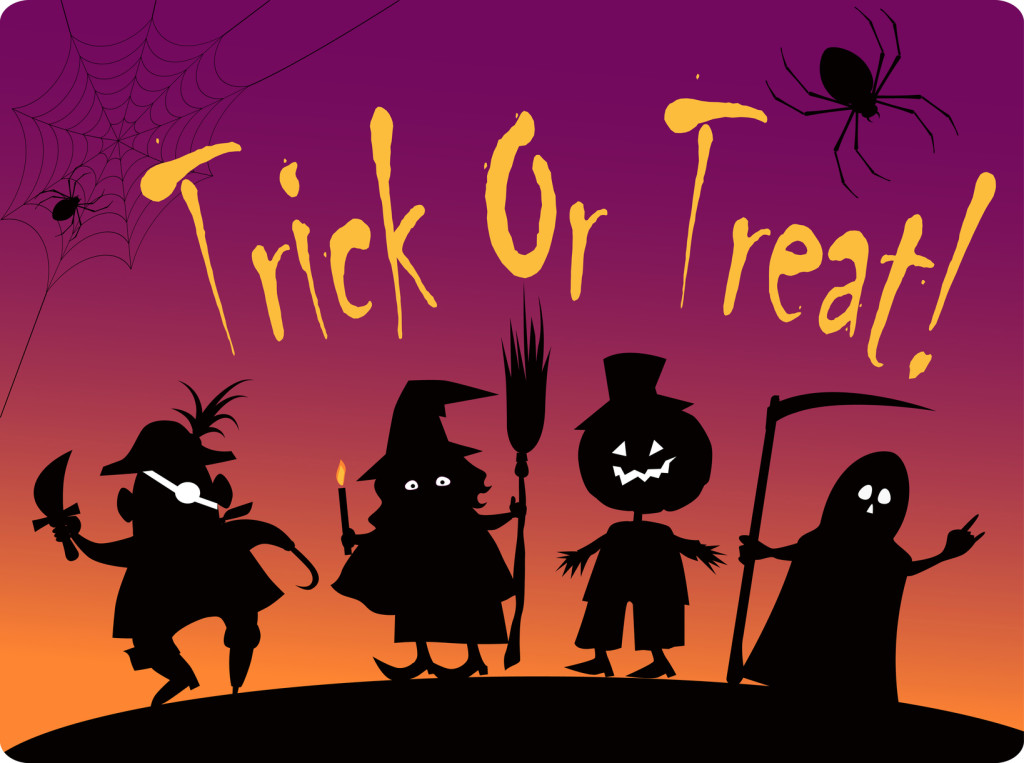
“Be Mine,” “Kiss me,” “Sweet Talk.” Candy hearts, originally called motto hearts but also known as conversation hearts and sweethearts, have been iconic Valentine’s Day treats since 1902. Which school kid doesn’t remember the brightly colored heart shaped candies with the stamped red sayings and slightly chalky taste?
Their manufacturer, NECCO, the New England Confectionery Company in business since 1847, sells more than 8 billion candy conversation hearts a year. (Unfortunately, NECCO, once the longest continuously operating candy company in the country, was sold in a bankruptcy auction in May 2018.)
How Did Candy Conversation Hearts Get To Be A Symbol Of Valentine’s Day?
Giving a gift of candy with a message inscribed on it can be traced back to the American colonists who gave homemade hard candy with messages etched into the surface to their sweethearts.
Years later, Oliver Chase, the founder NECCO, and his brother Daniel, who developed the process of printing red vegetable dye mottos on the candy, turned this tradition into a business.
The candy’s original shape wasn’t a heart, but a seashell shape called a “cockle.” A message was written on a colored slip of paper that was wedged into the cockle’s shell. NECCO started producing candy with mottos stamped on them in 1900, but the candy was in shapes like horseshoes and baseballs that allowed for longer printed sayings like “How long shall I have to wait?” and “Pray be considerate.” The candy called Sweethearts didn’t get its heart shape until 1902.
Sweethearts And Motto Hearts
The original candies with printed sayings were called “motto hearts.” The sayings and flavors were updated over the years with new ones periodically added. Newer flavors have been strawberry, green apple, lemon, grape, orange, and blue raspberry and “newer” sayings included “Tweet Me,” “Text Me,” “You Rock,” “Soul Mate,” “Love Bug,” and “Me + You.”
NECCO continued to use their original recipe, process, and machines they used at the turn of the century. Putting out approximately 100,000 pounds of candy a day, it took about 11 months to produce the more than eight billion pieces — or about 13 million pounds – of colorful candy sweethearts sold in the six weeks before Valentine’s Day. The little hearts with messages accounted for 40% of the Valentine candy market, just behind – you guessed it – chocolate!
Although you’d be hard pressed to call them nutritious, they are fat free, sodium free, and a caloric bargain at about 3 calories apiece for the small hearts and about 6 calories apiece for the larger “Motto” hearts.
They Will Not Disappear
Unfortunately, NECCO did not produce their candy hearts this year (although you still may find some lingering on shelves). But don’t fear the total disappearance of candy hearts. According to Fortune, Spangler Candy Co., which took over the rights to NECCO’s brands, says the iconic candies will return in 2020. And, don’t go into candy heart withdrawal – Brach’s sells their own similar version of candy sweethearts.



